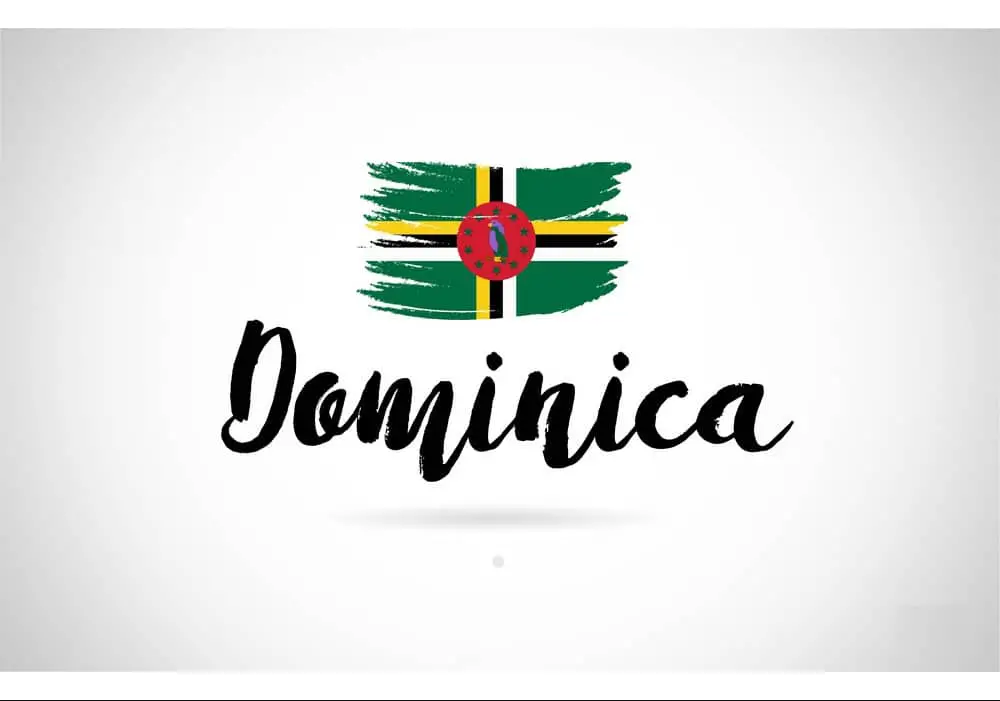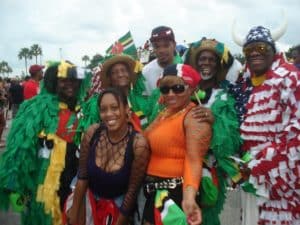Headlines
Dominica: A Caribbean Island with a Rich and Complex History

Dominica was officially neutral for the next century, but its resources remained attractive; rival expeditions of English and French foresters were harvesting timber by the start of the 18th century. Spain had little success in colonizing Dominica, and in 1690, the French established their first permanent settlements on Dominica.
See Population, Official Language And More…

Dominica
French woodcutters from Martinique and Guadeloupe began setting up timber camps to supply wood to French islands and gradually became permanent settlers. They brought enslaved people from West Africa to Dominica.
In 1715, a revolt of “poor white” smallholders in the north of Martinique caused an exodus of them to southern Dominica. They set up smallholdings. Meanwhile, French families and others from Guadeloupe settled in the north. In 1727, M. Le Grand became the first French commander to take charge of the island with a basic French government; Dominica formally became a colony of France, and the island was divided into districts or “quarters”. The French gradually developed plantations in Dominica for coffee. They imported African slaves to fill labor demands replacing indigenous Caribs.
Dominica was a French colony from 1715 until the end of the Seven Years’ War in 1763. It then became a British colony from 1763 until its independence in 1978. Today, Dominica is an independent nation.
Dominica is a Caribbean island nation located in the Lesser Antilles region. The first written records of Dominica date back to November 1493, when Christopher Columbus spotted the island. Prior to European contact, Dominica was inhabited by the Arawak people. The Arawak were guided to Dominica and other Caribbean islands by the South Equatorial Current from the waters of the Orinoco River. These descendants of the early Taínos were overthrown by the Kalinago tribe of the Caribs. The Caribs, who settled here in the 14th century, called the island Wai‘tu kubuli, which means “Tall is her body”.
Christopher Columbus named the island after the day of the week on which he spotted it – a Sunday (‘Dominica’ in Latin) – which fell on 3 November 1493 on his second voyage. Daunted by fierce resistance from the Caribs and discouraged by the absence of gold, the Spanish did not settle on the island. Many of the remaining Carib people live in Dominica’s Carib Territory, a 3,700-acre (15 km2) district on Dominica’s east coast.
In 1632, the French Compagnie des Îles de l’Amérique claimed Dominica along with all other ‘Petite Antilles’ but no settlement was attempted. Between 1642 and 1650, a French missionary Raymond Breton became the first regular European visitor to the island. In 1660, the French and English agreed that both Dominica and St. Vincent should not be settled but instead left to the Caribs as neutral territory. Dominica was officially neutral for the next century, but rival expeditions of English and French foresters were harvesting timber by the start of the 18th century.
In 1715, a revolt of “poor white” smallholders in the north of Martinique caused an exodus of them to southern Dominica. They set up smallholdings. Meanwhile, French families and others from Guadeloupe settled in the north. In 1727, M. Le Grand became the first French commander to take charge of Dominica with a basic French government; Dominica formally became a colony of France, and the island was divided into districts or “quarters”. Already installed in Martinique and Guadeloupe and cultivating sugar cane, the French gradually developed plantations in Dominica for coffee. They imported African slaves to fill labor demands replacing indigenous Caribs.
Dominica was a French colony from 1715 until the end of Seven Years’ War in 1763. It then became a British colony from 1763 to 1978 before becoming an independent nation in 1978.
In summary, Dominica has a rich history that dates back to pre-Columbian times. The Arawak people were overthrown by Caribs who called it Wai‘tu kubuli. The island was named by Christopher Columbus after he spotted it on a Sunday. The Spanish did not settle on it due to fierce resistance from Caribs and absence of gold. The French claimed it in 1632 but did not settle on it until later. It became a colony of France before becoming a British colony until independence in 1978.





